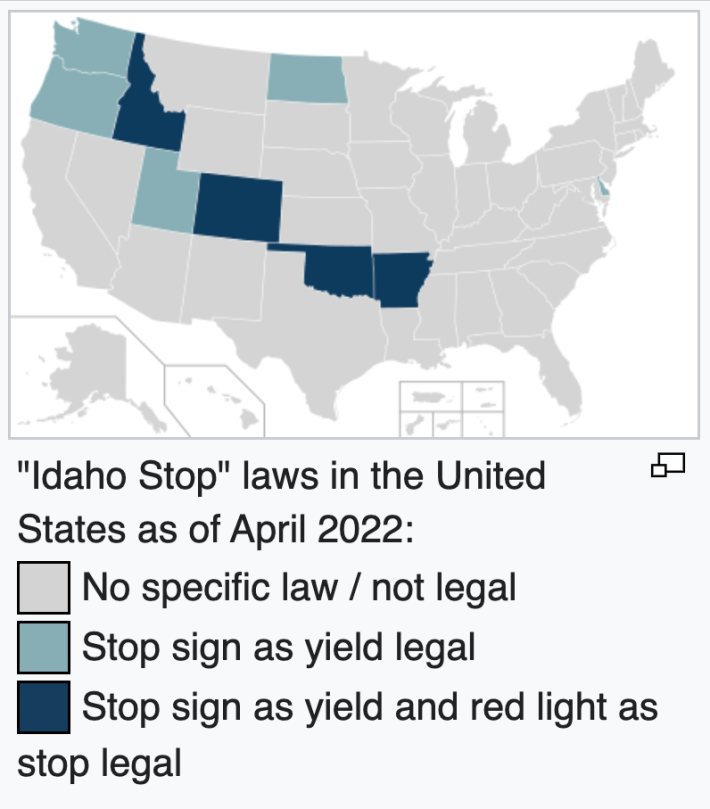Last week Streetsblog reported on a couple of proposed Chicago ordinances that will be going before the City Council for a final vote on Wednesday, March 15. The Complete Streets ordinance would mandate walk/bike/transit improvements in all Chicago Department of Transportation repaving and streetscape projects. And the Smart Streets Pilots ordinance would allow camera enforcement of bus lanes, bike lanes, and loading zones in the central city.
To help these ordinances pass on the 15th, contact your alderperson (find them here) to ask them to vote for it. Also consider signing up to make a public comment at the Council meeting.
There's also a ton of proposed livable streets legislation in play at the state level right now. Here's a quick roundup. Thanks to Active Transportation Alliance communications director Ted Villaire for flagging these initiatives in a couple of recent blog posts.
New legislation now being considered by the Illinois legislature would give local communities the ability to build intersections that are safer for people walking and biking.
Abolishing requirement for intersections to accommodate turns by 65' truck drivers
As it stands, the Illinois Department of Transportation generally requires municipalities to built intersections with major street in such a manner that they can accommodate turns by the drivers of 65-foot long trucks. This mandate may have contributed to the death of 47th Ward volunteer Peter Paquette, 75, who was fatally struck by a distracted driver last June while trying to cross the street at Irving Park Road and Hoyne Avenue in Chicago’s North Center neighborhood. 47th Ward alder Matt Martin and the Chicago Department of Transportation had previously proposed building a pedestrian island at this location, which would have made it safer to cross the high-speed four-lane street, but IDOT officials wouldn't sign off, citing the requirement to accommodate big trucks.
An agreement was eventually reached to ease that requirement in Chicago, and many pedestrian improvements are coming to Irving Park this year. But the proposed truck turning radius bill would lift the requirement to accommodate turns by large trucks statewide, which would make it easier to safety features like pedestrian islands, curb extensions, and protected bike lanes. In addition to shortening crossing distances, this would calm traffic, discouraging speeding and dangerously fast turns.
Per ATA the Senate transportation committee requested amendments to SB 2278, which is sponsored by State senator Mike Simmons. After it's modified, it will probably be brought up committee within two weeks.
Legalizing the Idaho Stop
The Idaho Stop, bike riders mindfully treating stop signs like yield signs, or stoplights like stop signs, is rational and ubiquitous behavior. And a 2016 DePaul University study pointed out that in some cases it may actually be safer than following the letter of the Illinois traffic laws. Several states have already partially or fully legalized Idaho Stops, so named because the Gem State was the first one to do that.

A new Illinois Safety Stop bill (the name is good marketing!) would partially legalize the Idaho Stop by allowing people on bikes to roll through stop signs, provided they first look both ways for cross traffic and pedestrians, stopping for other road users who have the right of way. Counterintuitively, that helps keep bike riders safer because they don't have to come to a complete stop, lose all their momentum, and then restart, which means spending less time at the intersection.
Again, this legislation would not make it OK to mindlessly blow through intersections without regard for other road users, which is obviously dangerous and obnoxious.
According to ATA HB 3923, sponsored by representatives Janet Yang Rohr and Kam Buckner, did not come up for a vote at the House transportation committee meeting today.
Bringing down the speed limit in urban areas
Currently Illinois default speed limit is 30 mph. Federal studies show that when a motorist hist a pedestrian at that speed, the victim has a 45 percent chance of dying. But at 20 mph the pedestrian has a 95 percent chance of survival.

Moreover, studies have found that when posted speed limits are lowers, drivers really do tend to slow down, with a marked reduction in egregiously fast driving.
HB 3530, sponsored by Buckner and Theresa Mah, would lower the default speed limit in urban areas to 20 mph, which could save countless lives. The law would only allow warnings, not tickets, to be issued to to speeders for the first 60 days after the new speed limit is posted.
According to ATA, at a House transportation committee meeting today, members asked for amendments to be made. Once the legislation is tweaked, it will come back to the committee, likely within two weeks.
Setting up a zero fatalities task force
ATA's Villaire noted that over 200 people are injured or killed in traffic crashes each day in our state. HB 2131 would establish a state task force that would apply a Vision Zero approach to preventing serious and fatal traffic crashes.
The committee would be made of municipal governments, DOTs, public health experts, safety advocates, and other stakeholders. It would brainstorm strategies to prevent collisions, and assess Illinois' success in bringing down the number of fatalities.
Per ATA, HB 2131, sponsored by five Democratic senators, was amended today at the House transportation committee and is heading for a final House vote.
Action Alert!! There are three additional bills on the committee docket tomorrow in the Illinois House.
— Chicago, Bike Grid Now! (@bikegridnow) March 8, 2023
We need folks to show support for these three bills so they can get out of committee.
Go here for links to show your support or learn more: https://t.co/TGmI0XcRVp pic.twitter.com/Zv5Njlre3z
Kudos to the Active Transportation Alliance and other local advocacy groups like Chicago Bike Grid Now!, Ride Illinois, and the Metropolitan Planning Council that encouraged residents to fill out online witness slips in support of the legislation in advance of committee meeting this week.




